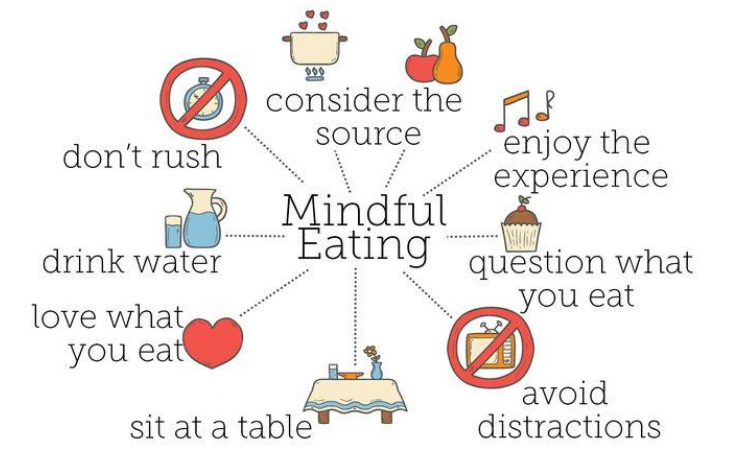If you are a fan of the great outdoors and enjoy simple runs then maybe this is for you. Did you know that you can actually do exercise activities while practicing mindfulness? Feel the fresh air as you appreciate the beauty of nature while being active. Start your health and fitness journey now.
Mindful Running

With mindfulness having a number of proven health benefits, we can continuously add it to our daily routine. We often associate mindfulness with a state of silence and awareness, but you can actually combine it with other healthy pursuits that is really helpful in elevating one’s sense of well-being.
Studies suggested that meditation can be done along with running or walking. It was able to reduce symptoms of depression in people who are suffering from it and increased their mental health. The outdoors and the natural sounds that it makes are great psychological factors that impacts a person’s performance in life or even at work. It has a way of encouraging people to reflect inwardly while running and focus on their body showing great results. Running also tones down possible distractions that is present during other mindfulness practices. Here some advice you can follow for better results of mindful running:
- Release yourself from unwanted distractions and daily pressures that life brings while running.
- Feel the flow in your body and listen to it: your breathing, your posture and your heightened senses.
- Breathing mindfully is a great response to stress, try to focus more on the process of breathing. Breathe through the nose and exhale through the mouth.
- Connect with the memories that are associated with your body. It may be a recent injury of experience related to running or other activities. Doing this will help you create a deeper connection with yourself.
- Keep the internal conversations between you and your body and not with other people. Sometimes, it’s best that you talk with yourself and assess how is your current state or condition in the moment.
- Don’t worry about the anchor points or timing devices – just listen to what your body wants and what it needs.
Mindful Exercise

Some people just love exercising so much. But what if you can do exercising while being in a state of mindfulness? It is the same as hitting two birds with one stone – your body and mind become healthy at the same time. The difference between mindful workout and a traditional mindfulness practice is instead of zoning out and feeding your mindful with unnecessary thoughts, you will draw your mind back to the physical activity that you are doing and focuses on connecting the two activities together. Mindful exercises or workouts involves paying much attention to the flow that happens in the body while being in a state of awareness through exercising. It is a good way to unify the mind, body and breathing practices.
Here are few helpful tips to help create a more grounded practice of mindful exercising:
1. Prepare your mind before your body
It is hard to do any activity if you already have a busy schedule. In order to practice mindful exercise better, you need to take a portion of your day just for mindfulness. It is important to bring your mind to a neutral state prior to the start of the exercise by doing a few minutes of mindful breathing as a way of clearing your mind and preparing it for the exercise.
2. Create a purpose every time you exercise
Having a purpose before doing any activity is a great motivator. Any person who wants to do something has a goal, and for mindful exercise you can set one purpose for doing so – to lose weight. Your goal will keep you in track and maintain the focus that you needed in order to attain it.
3. Take it slow
Do not exercise just because it is a “to-do” item on your list. Don’t make it as a chore and let it just be a part of your daily life. Give yourself a permission to take time and engage your full body. Be thankful and grateful about many things in your life and appreciate how exercising not only benefits your but most importantly, your mind.


